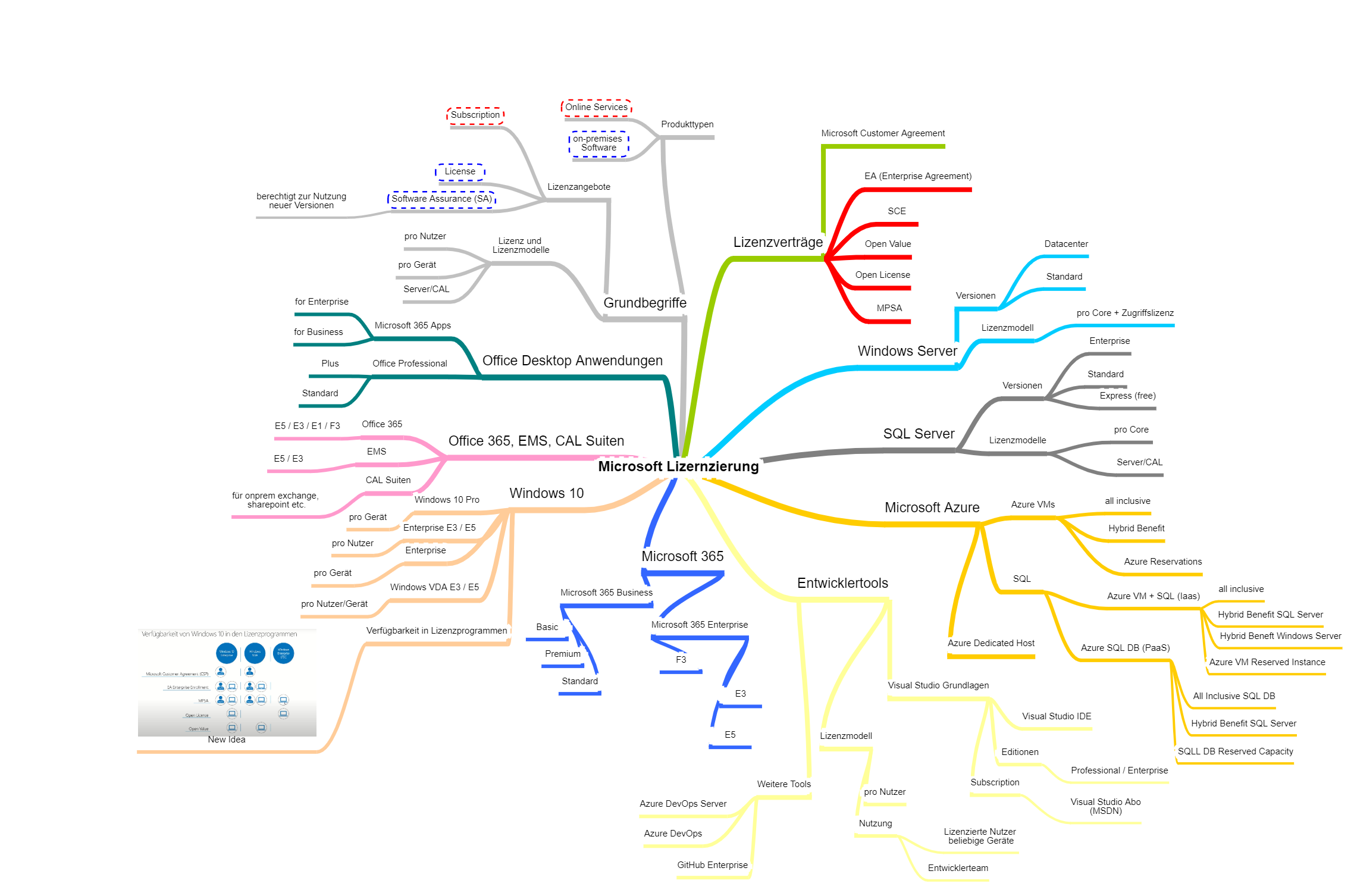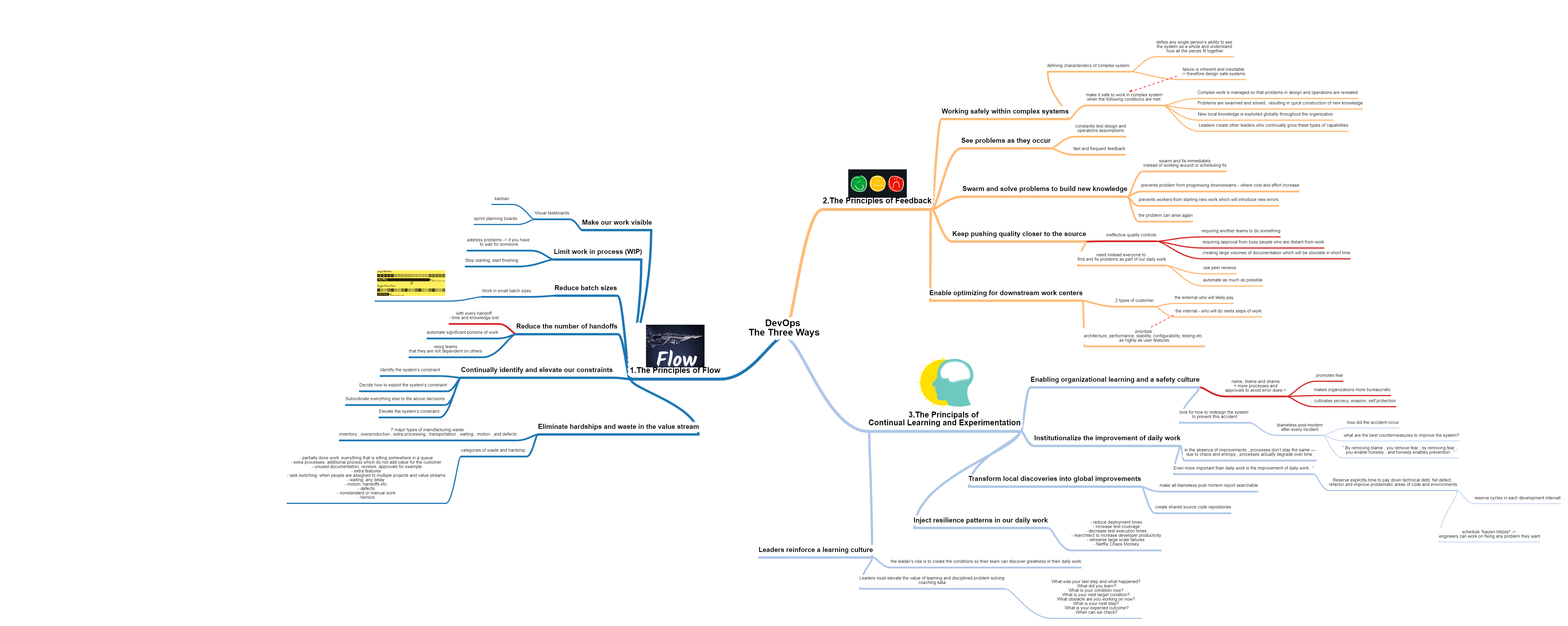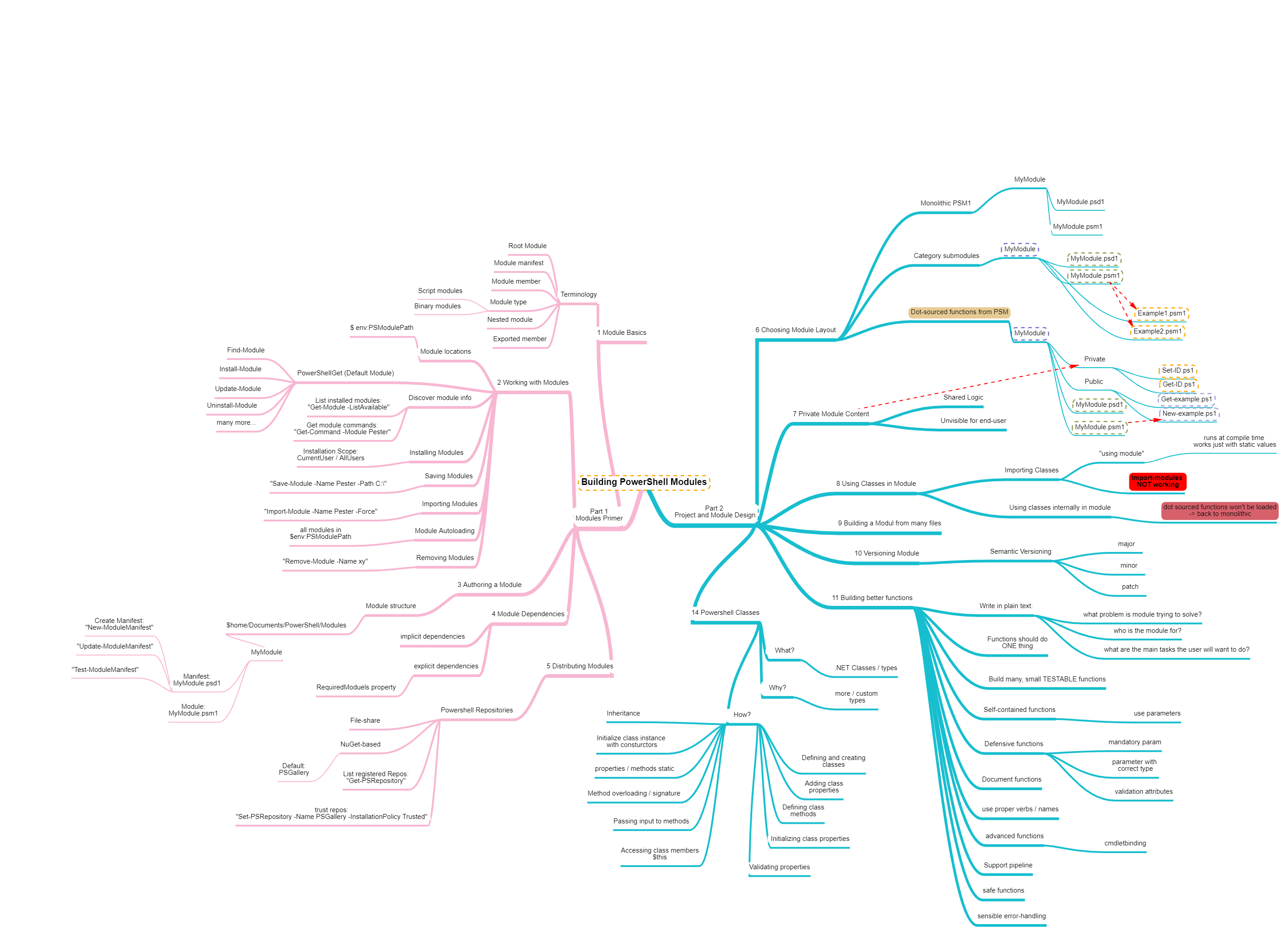Introduction to Machine Learning- MindMap
This MindMap was created using the following Microsoft Learn Path: Introduction to Machine Learning
This MindMap was created using the following Microsoft Learn Path: Introduction to Machine Learning
This MindMap was created using the following Microsoft Youtube Video: MLOps explained | Machine Learning Essentials
I created this Azure Monitor MindMap last year to get a better Overview over Azure Monitor. I’ve created it based on the Azure Monitor Documentation. Somethings may be outdated today -> you can find the Microsoft Docs to that topic here: Azure Monitor
Um eine gewisse Übersicht über die ganze Microsoft Lizenzierung zu erhalten, habe ich folgendes MindMap erstellt:
Das MindMap wurde anhand des Microsoft Webinars “Grundlagen der Microsoft Lizenzierung” erstellt: https://www.youtube.com/watch?v=pM7g56pIgJI
Offizielle Microsoft Links https://www.microsoft.com/en-us/licensing/default https://www.microsoft.com/en-us/Licensing/learn-more/volume-licensing-briefs
Sehr hilfreich um die verschiedenen Microsoft Pläne zu vergleichen: https://m365maps.com/
DevOps the three Ways from the DevOps Handbook The DevOps Handbook
This MindMap tries to give an Overview over the book Building Powershell Modules - Brandon Olin